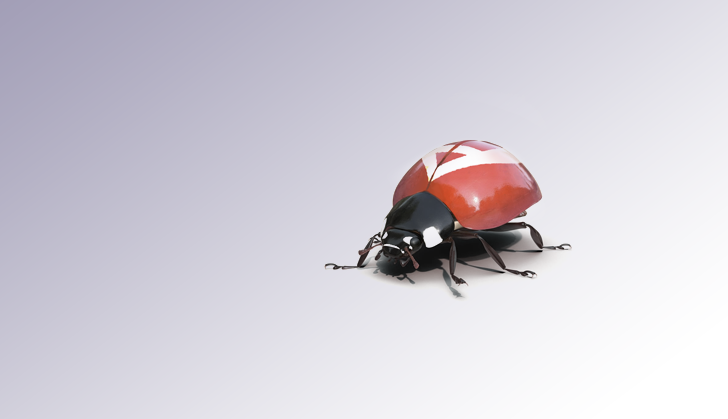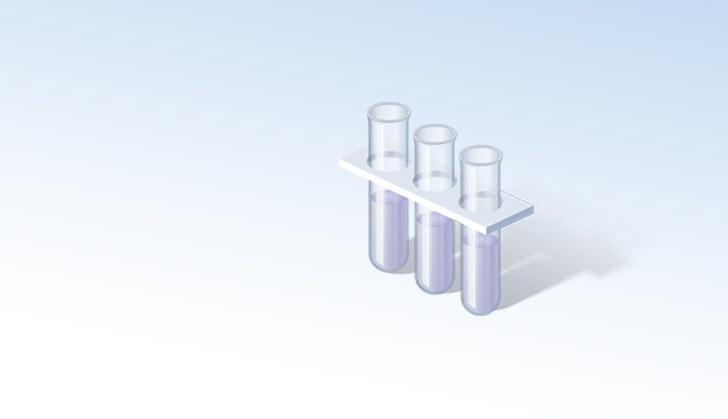Proof of Concept vs Prototype vs MVP: Differences
Proof of Concept (PoC), prototype, and Minimum Viable Product (MVP) are three key approaches founders rely on to validate, refine, and launch a new product. Each serves a different purpose. Choosing the right approach at the right time is key to saving time, cutting costs, and improving the efficiency of your product development process.
Let’s go over the differences between proof of concept, prototype and MVP.
What is a Proof of Concept (PoC)?
A proof of concept (PoC) is used to test the feasibility of a single problem or question, for example, new technology or a new feature.
A PoC is typically narrow in scope, targeting a single question or component of your idea rather than attempting to address the product as a whole. It is meant to be quick to develop and often requires minimal resources.
A PoC focuses on determining whether an idea is technically feasible or holds enough promise to move forward. For this reason, a PoC often bypasses considerations like design, user experience, or scalability.
Key characteristics of a PoC
- Highly focused: It zeroes in on a single, critical aspect of your idea that needs validation.
- Minimal in scope: It doesn’t attempt to cover all features or functionality, keeping effort and cost to a minimum.
- Internal-facing: Unlike a prototype or MVP, a PoC is rarely shown to customers or external users. It’s primarily for your team and stakeholders to validate feasibility.
- Quick to build: PoCs are designed to be developed rapidly, often using basic tools or simulations to test specific functionality.
When to use a PoC?
A PoC is most valuable in the early stages of product development when you need to answer a “go/no-go” question where there’s significant uncertainty. Startups often rely on PoCs to validate high-risk concepts. For example, it can be used to test:
- Whether a specific technology or platform can support your product.
- The viability of an innovative business model before scaling it further.
- The introduction of a new feature to an existing product.
Sometimes it’s useful to build a proof of concept even before you start with wireframing since the insights can change your approach and the look/functionality of your product altogether.
For example, if you are developing a platform that relies on artificial intelligence to automate tasks, your PoC might involve testing whether the AI algorithm can perform the task accurately. If the PoC reveals significant challenges, you can make adjustments early or reconsider your approach entirely.
What is a Prototype?
A prototype is an early representation of a product or feature created to explore functionality, design, and usability. It allows you to bring your idea to life in a tangible way and validate how it works and how users will experience it.
The main purpose of a prototype is to explore a product’s design and functionality. Say you’re building a mobile app, your prototype would simulate the app’s key screens and workflows, allowing users to interact with it and provide feedback on its usability.
Types of Prototypes
Functional vs Non-Functional Prototypes
Functional prototypes include interactive elements that mirror real product behaviour. A functional prototype will let users click through key workflows, providing a realistic feel for navigation and features.
In contrast, non-functional prototypes serve more as an aesthetic or conceptual representation. A purely aesthetic prototype might be a static wireframe or visual layout that focuses on colours, typography, and the overall look of the product.
Rapid Prototyping
Rapid prototyping is a technique that emphasizes speed and iteration to quickly create and test prototypes. Instead of spending weeks or months perfecting a prototype, teams build a rough version, gather feedback, and make continuous improvements. This approach minimizes the cost of errors by allowing you to test ideas early and adapt based on user insights.
Rapid prototyping tools make it easier to iterate quickly. Rather than building everything from scratch, you can leverage pre-built components and templates to assemble a working model in a matter of hours or days.
When to use a prototype?
Prototypes play a crucial role in identifying and addressing potential issues early, communicating your vision to stakeholders and experimenting with different design choices. Here are common use cases where prototypes are particularly valuable:
- Exploring and validating design concepts: If you’re in the early stages of product design, building a prototype can help you experiment with layouts, colours, typography, or form factors.
- Testing usability and user experience: Prototypes can help uncover usability issues by simulating user interactions or testing out your prototype with a selected group.
- Pitching to investors or partners: Prototypes are also indispensable for presenting ideas to stakeholders or investors. A click-thru prototype can effectively demonstrate the value of your product, making your vision tangible and easier to understand.
What is a Minimum Viable Product (MVP)?
A Minimum Viable Product (MVP) is the bare-bones version of a product that includes only the core features used to test, validate and gather real-world feedback. Unlike a PoC which tests feasibility, or a prototype which explores functionality and design, an MVP is a working product.
An MVP in business aims to validate market demand with as minimal development effort and costs as possible. Building an MVP allows teams to test assumptions, learn from real users, and iterate based on actual usage data rather than guesswork.
Key characteristics of an MVP
An MVP should solve a real problem with the smallest set of features possible. This often requires careful consideration over which features are essential for your initial launch and which can wait for later.
An MVP balances functionality and speed of delivery. It's developed quickly, often leveraging existing tools, third-party platforms or frameworks to minimize time to market.
While an MVP has a narrow scope, it should also be built on a foundation that allows for future development and scaling based on feedback. This means that the tech stack that you choose will be an important part of your decision-making process.
Another thing to remember is that the MVP will be the first public-facing version of your product and as such it should maintain a certain level of quality and reliability, even if the feature set is limited. Building an MVP is not an excuse to ship a half-broken product.
When to use an MVP?
An MVP is the right approach when you’re ready to introduce a product to real users and validate market demand. If your PoC has confirmed that the idea is feasible and a prototype has helped refine the user experience, an MVP is the next logical step to test it in real-world conditions.
Common scenarios where an MVP makes sense include:
- Launching a new product with minimal risk: If you have a compelling idea but limited resources, an MVP allows you to test its viability without investing heavily in full-scale development.
- Validating product-market fit: An MVP helps determine whether real users find value in your product. If adoption is low or feedback is negative, you can pivot early without significant losses.
- Iterating based on real data: Instead of guessing which features users will love, an MVP lets you collect feedback and refine the product based on real behaviour.
Proof of concept vs Prototype vs MVP: What to choose when?
Choosing between a PoC, a prototype, and an MVP depends on your goals and where you are in your product development journey. Using the right approach at the right time can save time, money, and effort.
Here’s a visual comparison to help clarify their roles:
| PoC | Prototype | MVP | |
|---|---|---|---|
| Purpose | Validates feasibility (technical or business) | Explores design, usability and user experience, showcase product | Validates market demand and product-market fit |
| Stage | Early research phase | Pre-development, design stage | Initial product launch |
| Scope | Narrow scope, focused on proving a single assumption | Partial representation of the product (user experience, workflows, interactions) | Market-ready product |
| Functionality | Low or no functionality, often a quick experiment or internal demo | Functional (interactive) or non-functional (visual) | Fully functional product with core features |
| Users | Internal teams, developers, partners | Internal teams, investors, partners, selected users | Early adopters, customers, investors |
| Investment | Low - quick experiments to prove feasibility | Moderate - iterative process to refine UX/UI | Higher - requires development effort |
| Outcome | Confirmation that the idea is possible | Refinement of design and usability | Data-driven insights on product-market fit |
| Next steps | If feasible -> move to prototyping or MVP If not -> make changes, or discard | Move to MVP | If validated -> scale, MMP If not -> make changes and launch again |
If you're unsure whether your idea is feasible, start with a PoC. If feasibility is confirmed and you need to refine usability and design, build a prototype. When you’re ready to validate your product, start developing the MVP.
However, you don’t need all three to build a successful product. If the technology and business model are already well understood, a PoC becomes redundant. In that scenario, you can start with a prototype to outline the design and user journey, then move to an MVP.




